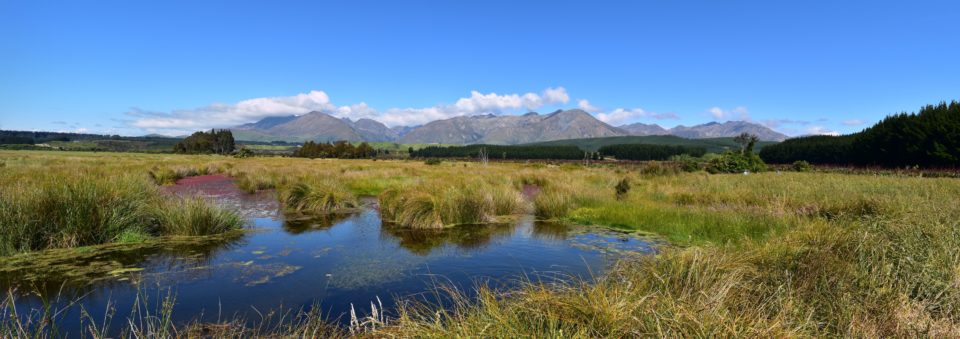The Aggregate and Quarry Association (AQA) is concerned with details of new Freshwater Regulations 2020 as it relates to the minerals and aggregate sector and general earthworks. The following is a precis of a document the association wrote in conjunction with Straterra, the minerals association about this threat, that should also be of concern for council planners.
The new National Environmental Standards for Freshwater Regulations 2020 came into force just prior to the election in September 2020 and the extraction industry was taken by surprise as the outcome was not one it thought would result from that consultation process, and nor was it foreshadowed in the Government’s own May 2020 Cabinet paper.
The association produced a paper towards the end of last year detailing the threat to the extraction industry, after the country’s natural wetlands were significantly reduced since pre-European times and now the current Government’s one-sided objective to preserve the remaining wetlands.
This needs to be done without prohibiting extensions to existing quarrying operations and/or the ability for future quarries to be considered on their merits.
At the moment under the new regulations “mineral and aggregate extraction” along with earthworks generally (Reg 53), will be prohibited on land deemed to be natural wetlands.
The definition of natural wetlands itself has created uncertainty due to its breadth; unintentionally capturing many small patches of wet grass and wetland areas dotted throughout New Zealand.
All wetlands are treated the same under the regulation. In reality, wetlands can vary from a damp patch of grass to a wet area with common indigenous vegetation right through to a lake and its margins supporting significant flora and fauna, and so have a range of ecological values and sizes.
Under “prohibited” activity there will be no opportunity to assess the merits of proposed quarrying projects relative to the conservation/environmental value of the land where it is to occur. And no opportunity to consider offsets or compensation for disturbance to wetlands.
Unchanged, the new wetland regulations will mean we will need to, over time, import aggregates and limestone, foregoing opportunities including for the net zero carbon economy.
The new regulations have already impacted the industry. The Auckland Council had to return to Flat Top Quarry’s extension application back in September last year because an ecologist advised it of a small wet area in the middle of the site that was deemed “wetland”.
There is merit in clarifying the definition of a natural wetland (including, perhaps, a clarification of ‘improved pasture’, to remove ambiguity and reduce uncertainty.
There may also be scope for reducing uncertainty by amending the published implementation guidelines, though this is not a statutory instrument.
However, changing the definition is only part of the solution needed. The issue of sterilising current and future quarries on non-urban land must be addressed. These projects should be able to be assessed on their merits; and by applying the effects management hierarchy which would enable a net overall improvement in wetland values through offsetting and compensation etc.
Not all wetlands are pristine and of high value. A case-by-case approach that enables a consideration of the value of a wetland when assessing proposed industrial activity with adverse effects on them is needed. By changing the activity status for earthworks to ‘discretionary’, applications can be considered on a case-by-case basis and the effects management hierarchy can be applied to produce the best possible outcome.



